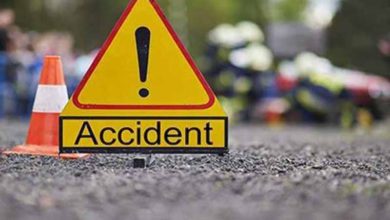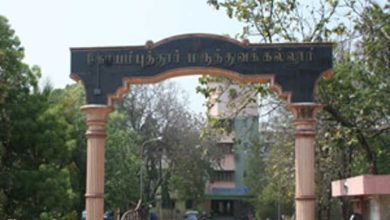Tamil Nadu: Infrastructure from earthquake-prone Kovai to Salem is not in good condition

CHENNAI: About 80% of areas in Coimbatore and Salem are susceptible to moderate earthquakes (Zone III seismic hazard) while the remaining 20% has a seismic hazard of high intensity quakes (Zone IV), a study conducted by Anna University has found. Worryingly, a majority of infrastructure and buildings in these cities are not designed to withstand seismic forces of this intensity.
The study, titled ‘Seismic Hazard Assessment and Microzonation of Salem and Coimbatore cities was commissioned by the state Revenue Administration and Disaster Management department and conducted by Anna University’s Centre for Climate Change and Disaster Management as part of the state government’s plan to conduct seismic hazard assessment.
Salem city’s earthquake risk was upgraded from hazard category Zone II to Zone III in 2002; most of the structures built prior to 2002 are not designed to Zone III requirements.
As a result, the study said that even moderate earthquake events in Salem and Coimbatore cities may lead to loss of life due to the failure of buildings and infrastructure. In some cases, collapse of the structure can occur due to lack of ductility (how much a material can be deformed before it fractures).
Kurian Joseph, director, CCCDM, told TNIE, “The moderately high hazard levels are distributed in parts of south and east corporation zones of Salem; and parts of south and central zones of Coimbatore.”
‘Quake-prone areas spread out on either side of river in Salem’
“The hazard areas distributed south of Coimbatore city spread around the Noyyal river, Ukkadam lake and Sanganoor stream. In Salem city, the hazard areas are distributed on either side of Thirumanimutharu river,” Kurian Joseph, director of CCCDM, told TNIE.
The study has suggested various engineering mitigation measures such as retrofitting vulnerable buildings and ensuring new constructions are earthquake resistant. “Building plan approval is an important step to promote earthquake resistant construction and reduce the casualties and property damage during earthquakes. A rapid visual screening survey was conducted and vulnerabilities of buildings in Salem and Coimbatore were identified. Suitable retrofitting design was recommended to reduce the risk of buildings when exposed to earthquakes,” he added.
Recently, a capacity building programme was conducted on ‘Seismic Microzonation and Vulnerability Rating for Plan Approval’, planned exclusively for Zone III seismic areas of 12 corporations including Chennai, Avadi, Tambaram, Kancheepuram, Vellore, Tiruvannamalai, Salem, Namakkal, Erode, and Tiruppur and the two smart cities of Tiruchy and Madurai. Responding to the study’s findings, Coimbatore corporation commissioner Sivaguru Prabakar said during natural disasters, it is building collapses that kill most people. Thus, complying with existing codal provision for earthquake resistance is critical to save lives.
Joseph recommended that a centralised database of soil bore profiles be done for different areas to support seismic microzonation studies. S Rajarathnam, honorary visiting professor of CCCDM, said the impact of Turkey-Syria earthquake and Bihar-Nepal earthquake of 2023 on causality and building damages tells the importance of having quake-resilient structures. He said the seismic microzonation for Chennai city was carried out by Anna University about 10 years back and shows 30% of buildings have high vulnerability to collapse.
Also, over 80% of three and four-storeyed buildings require retrofitting and 98% of five and above storeyed buildings in Chennai. In response to a query from TNIE, officials at CCCDM agreed that the state government must initiate a risk assessment study in all the hill stations of Tamil Nadu, which underwent rapid urbanisation in the past few years.




